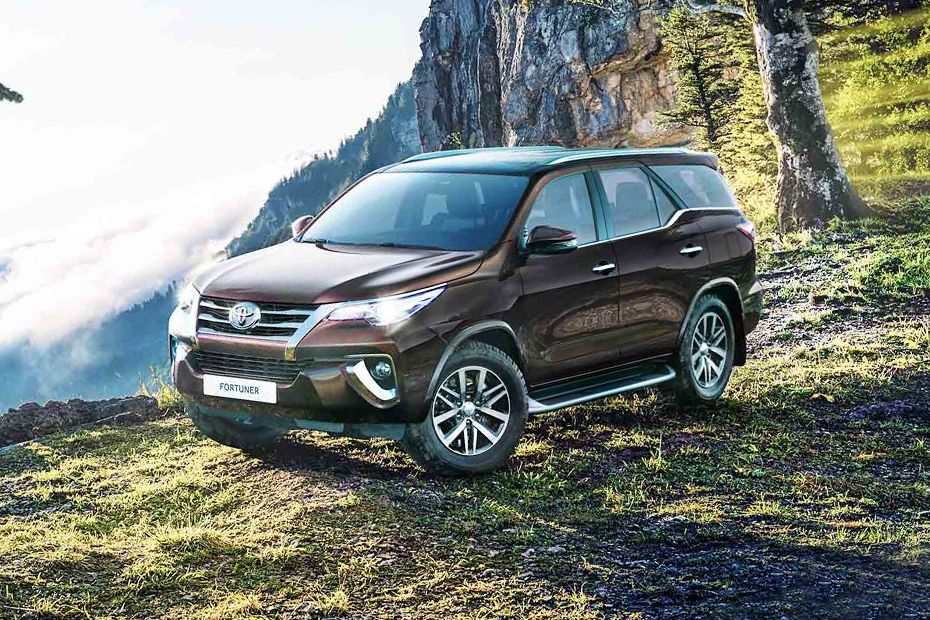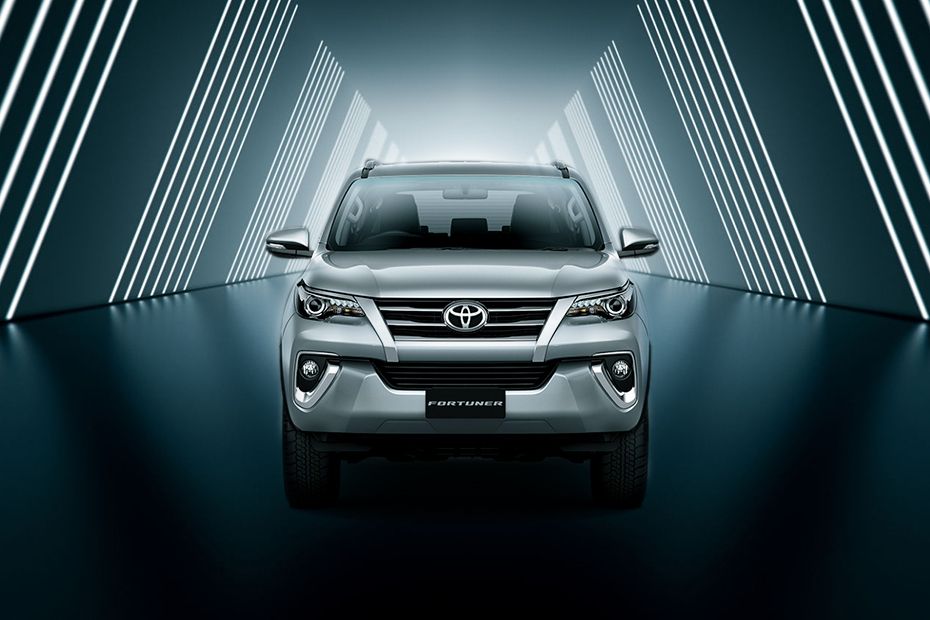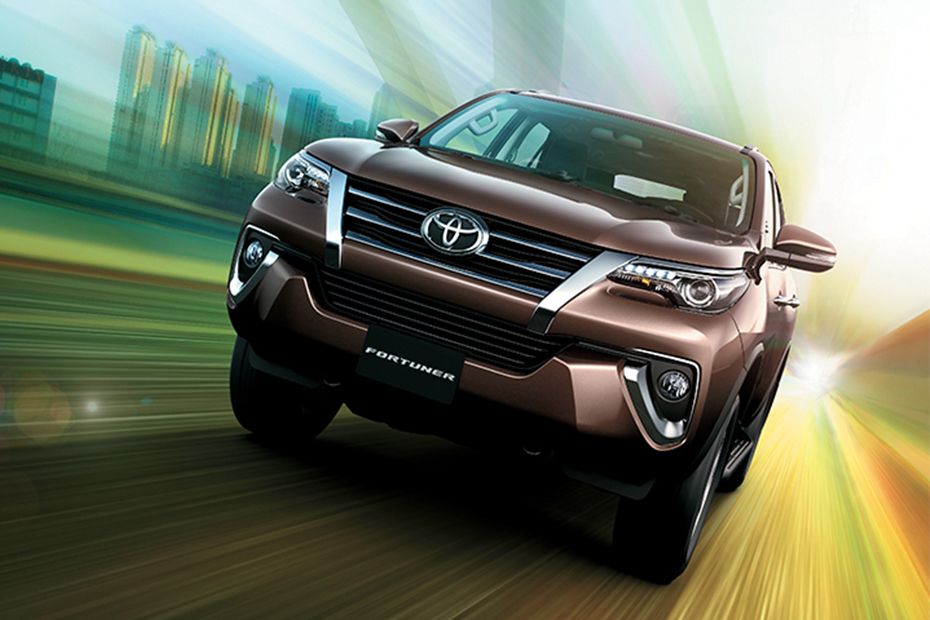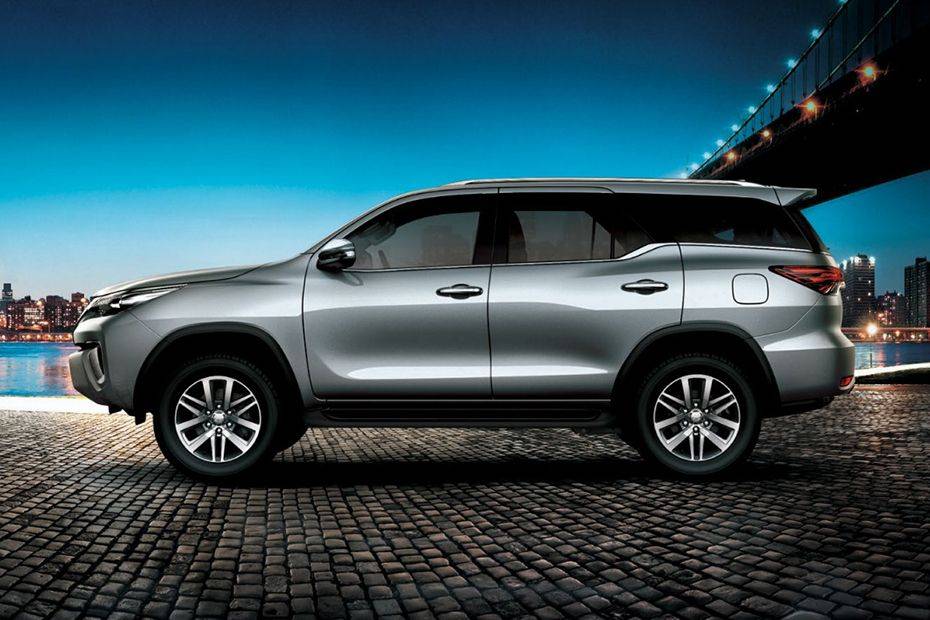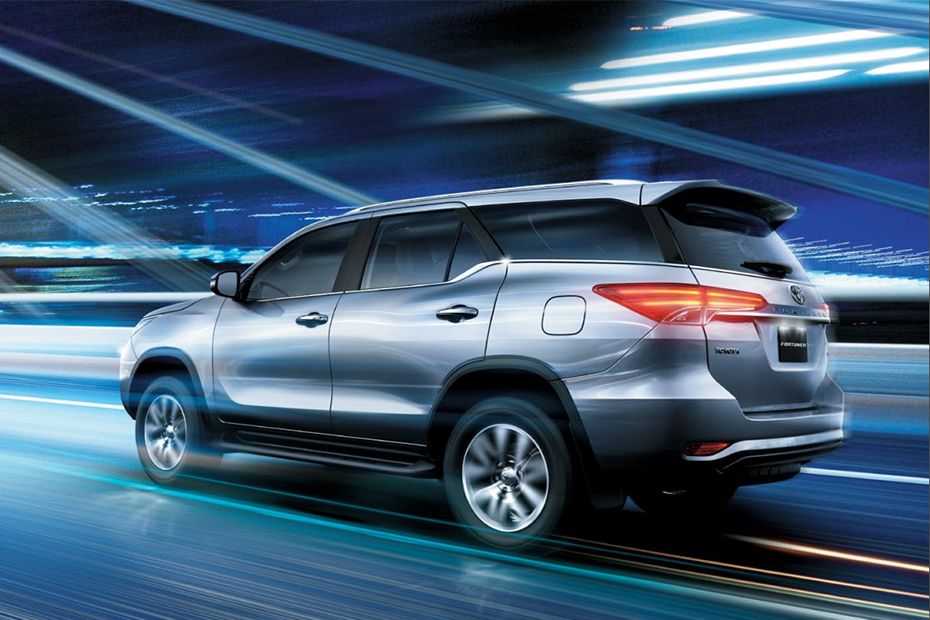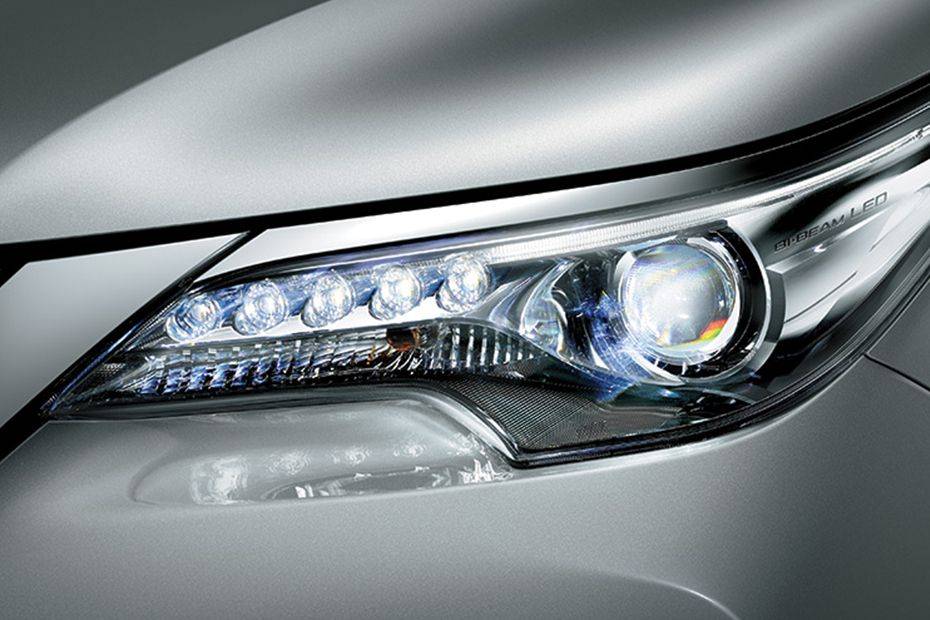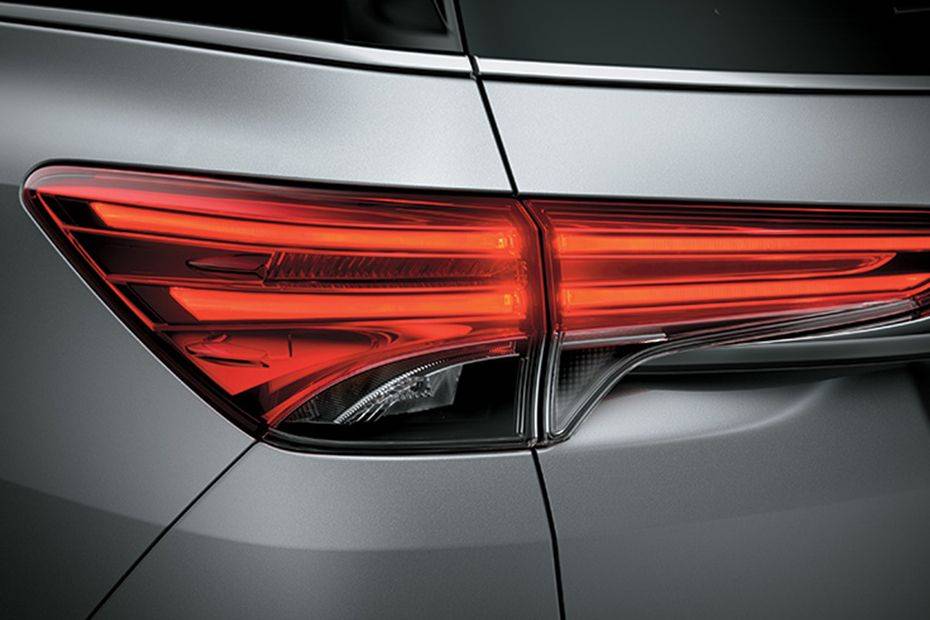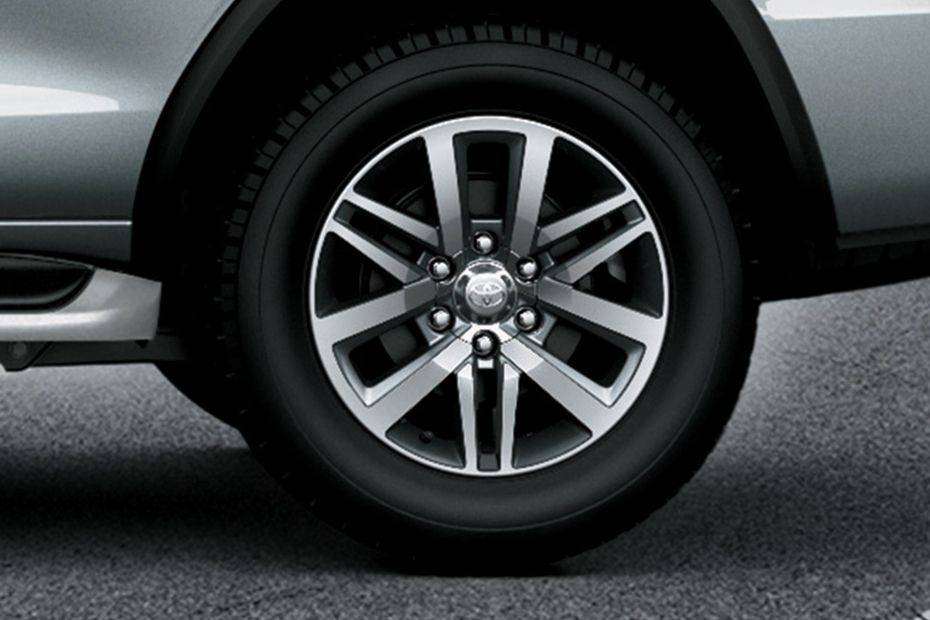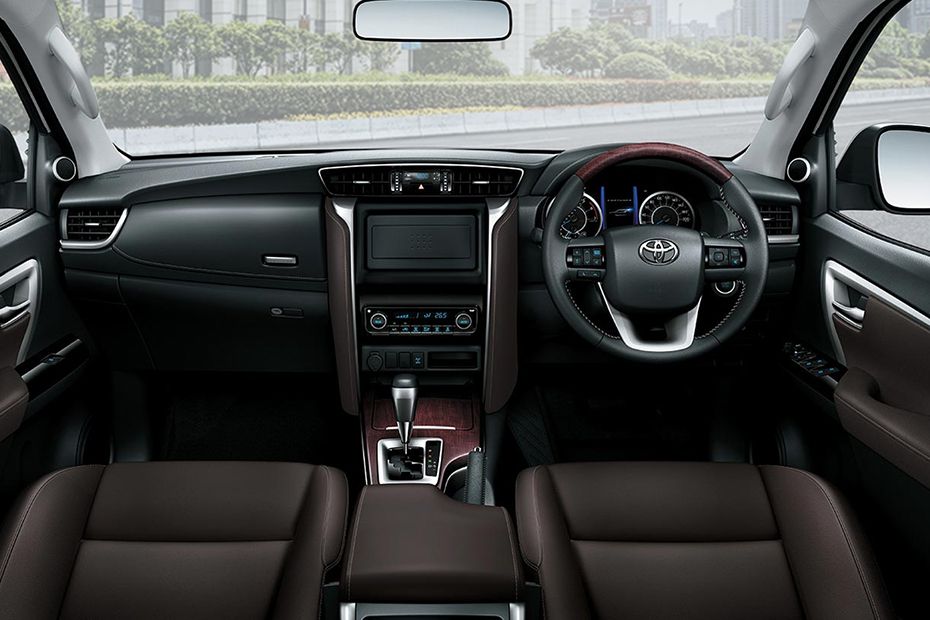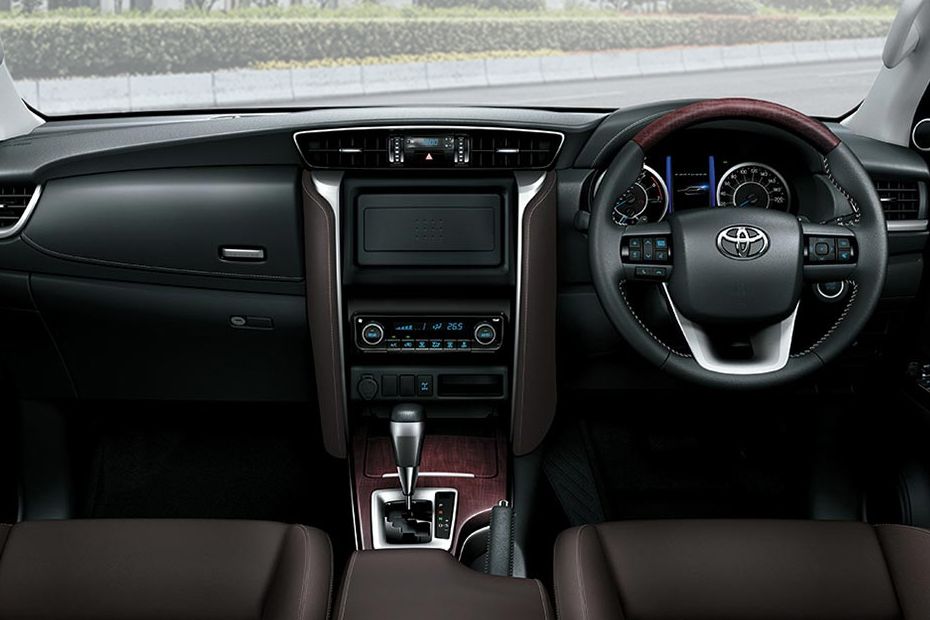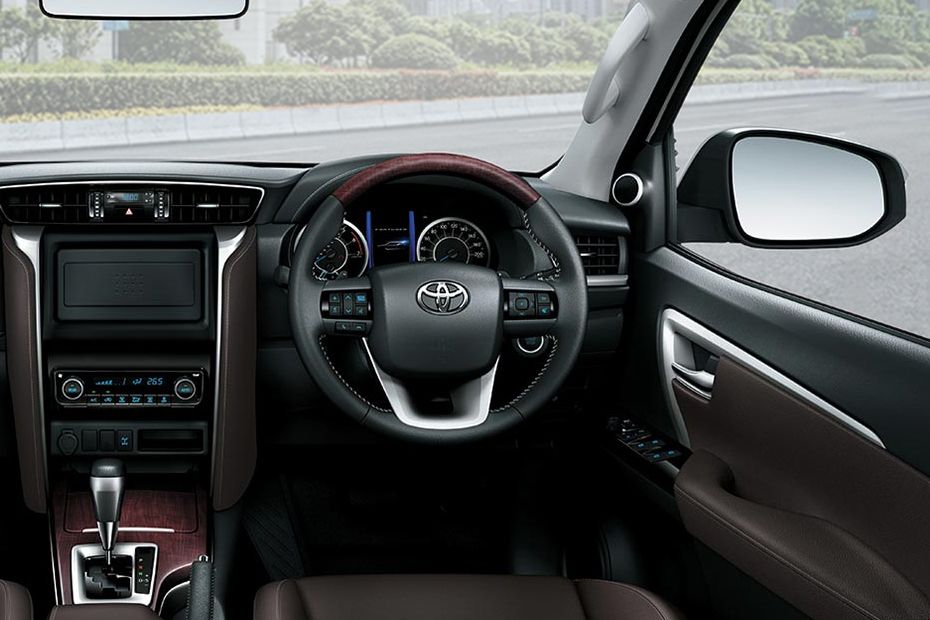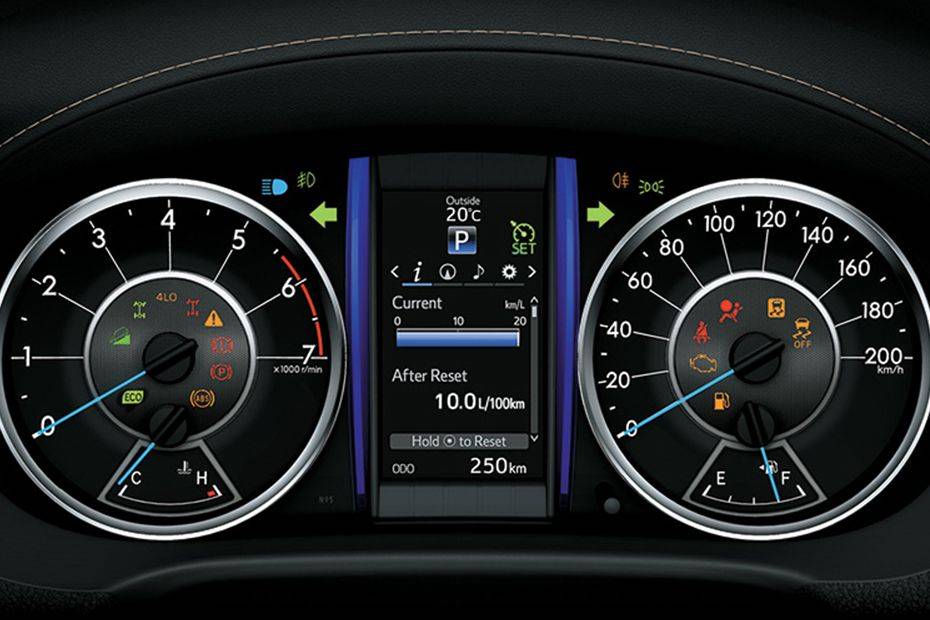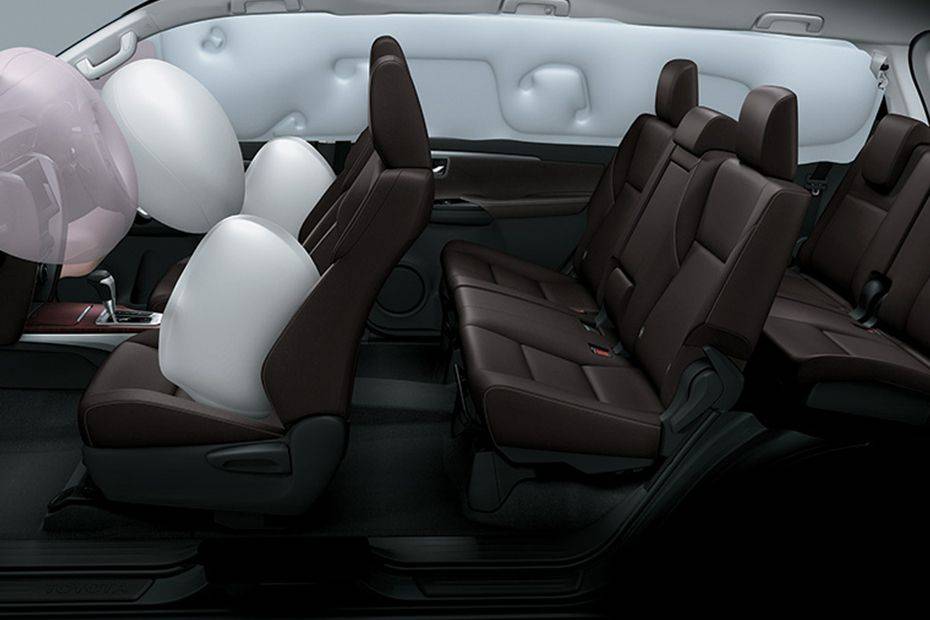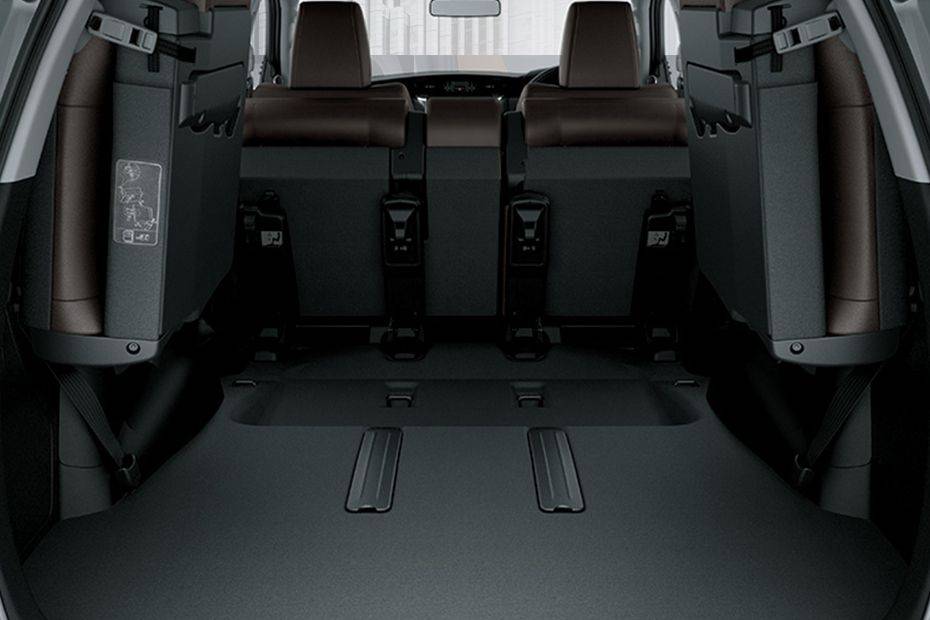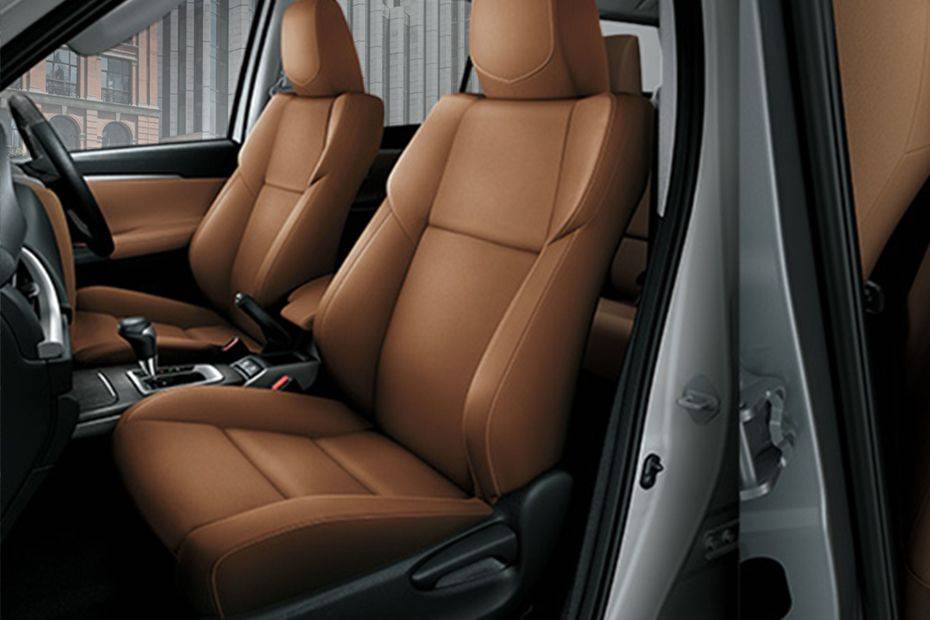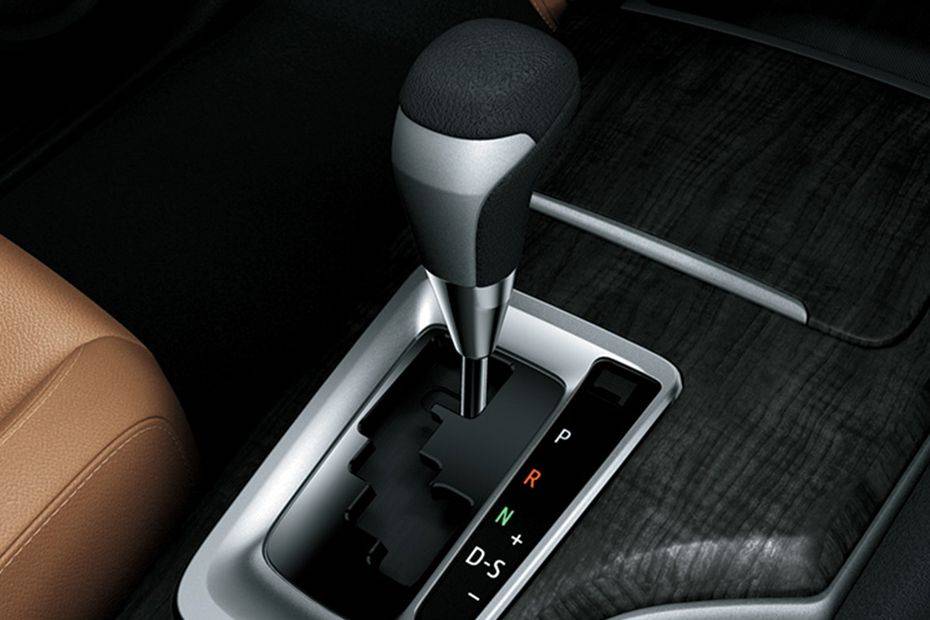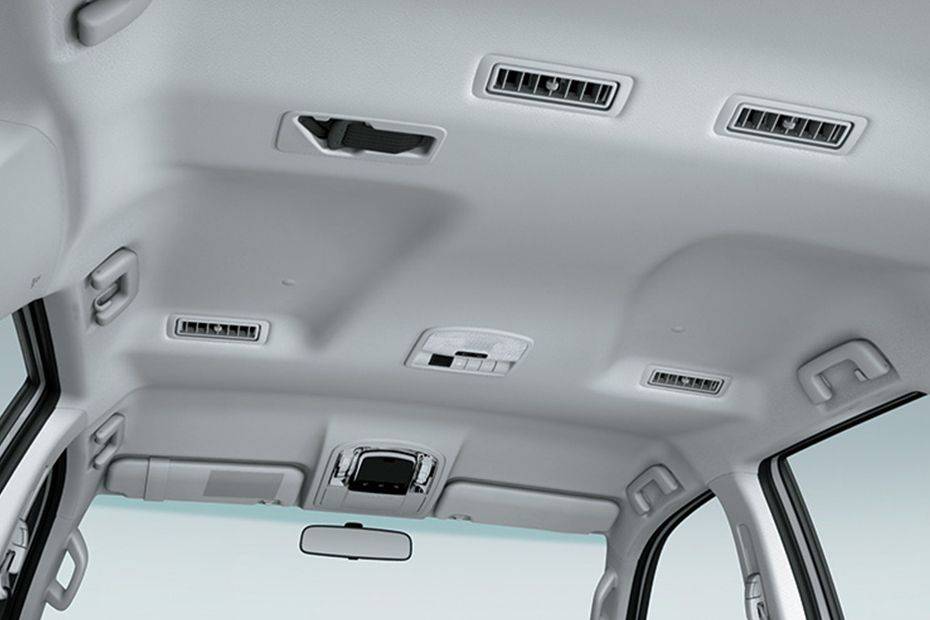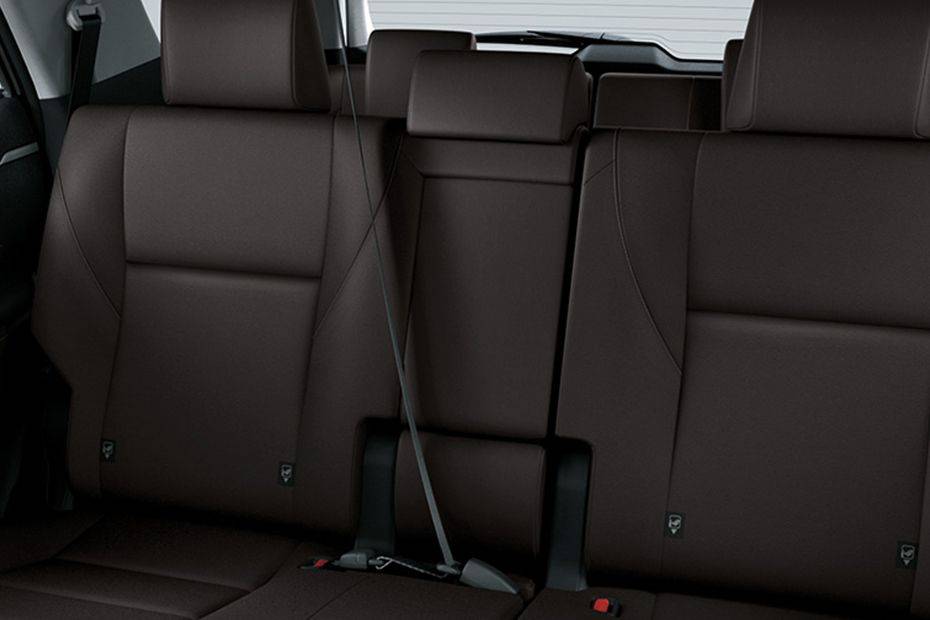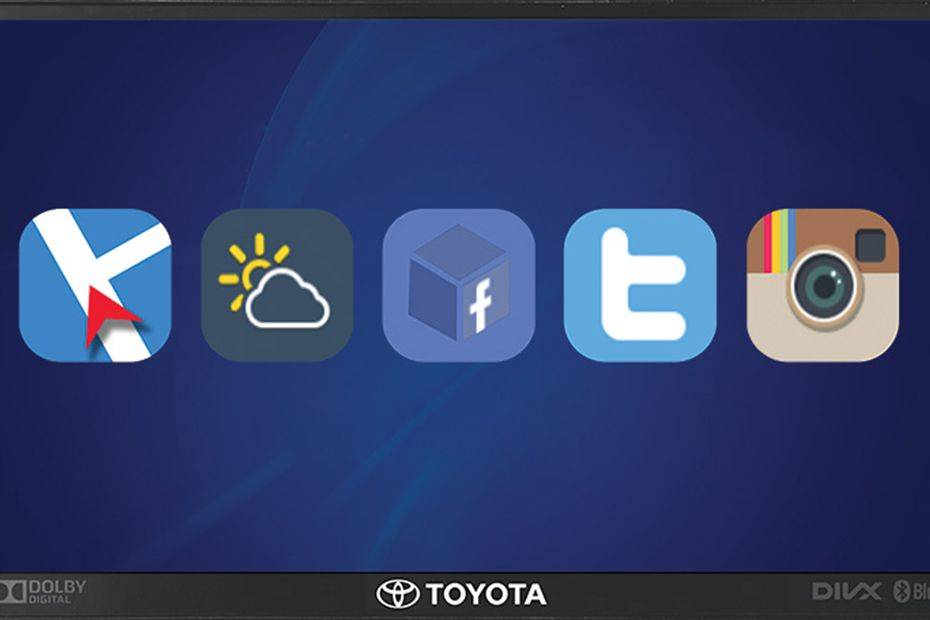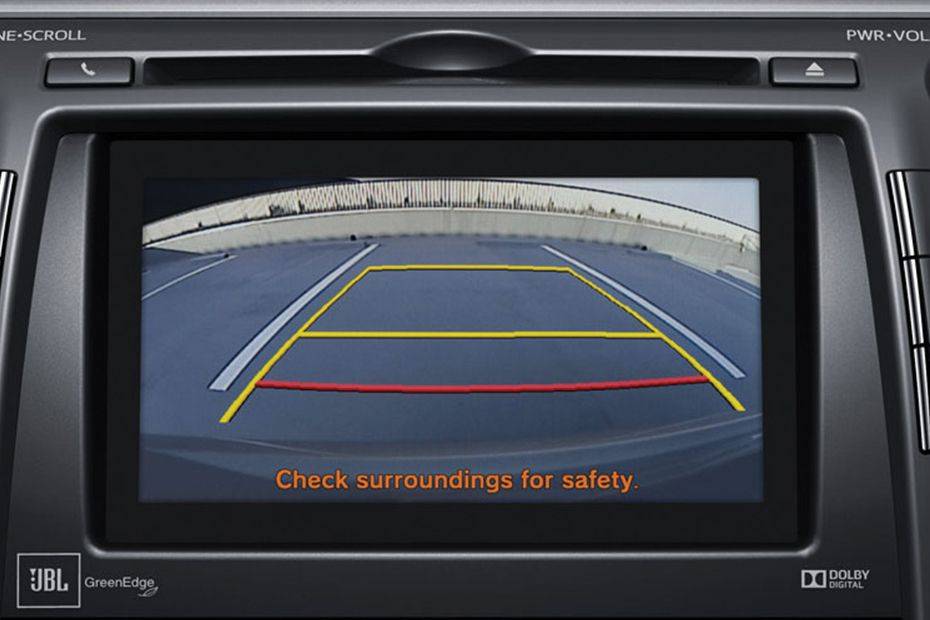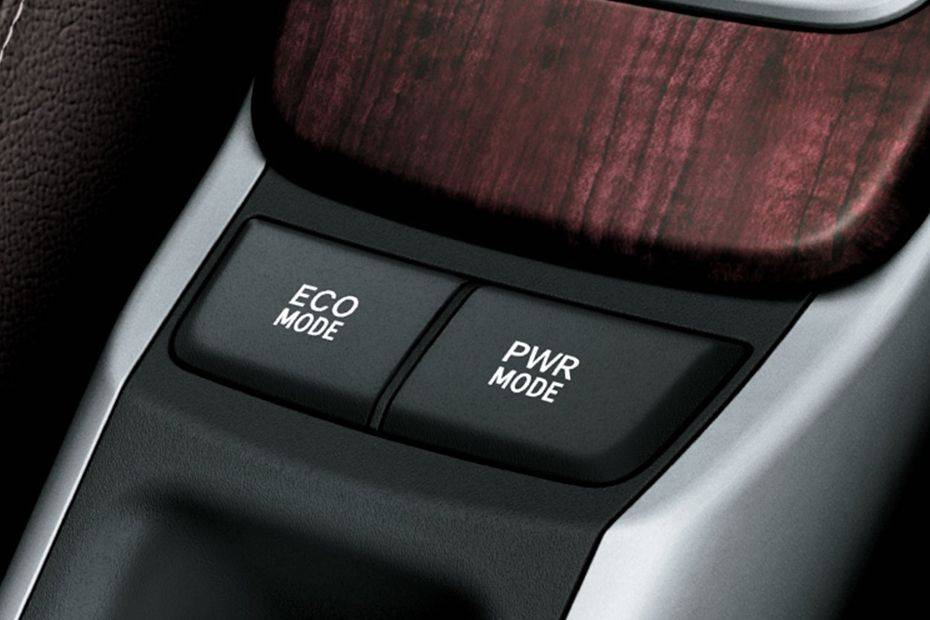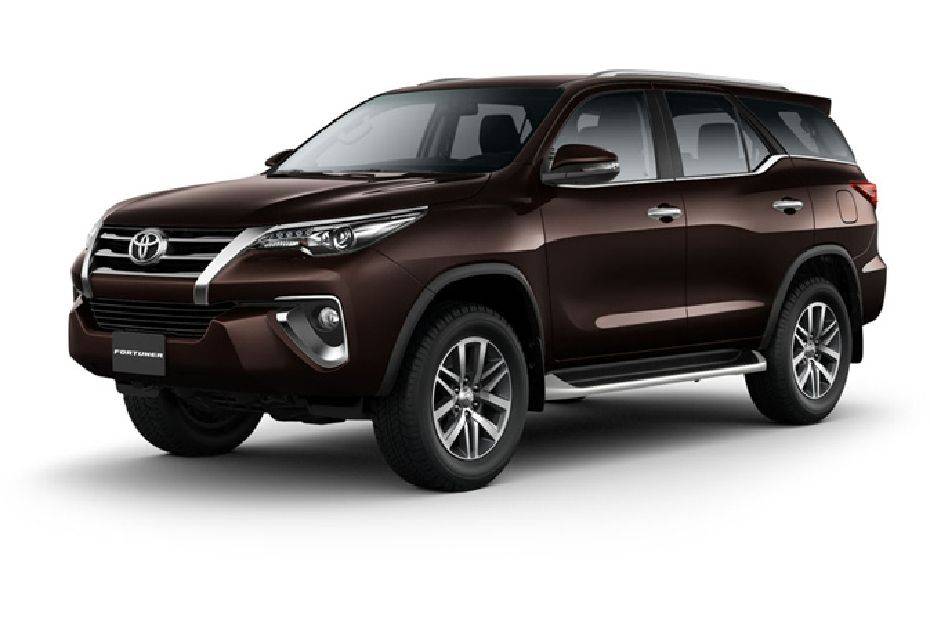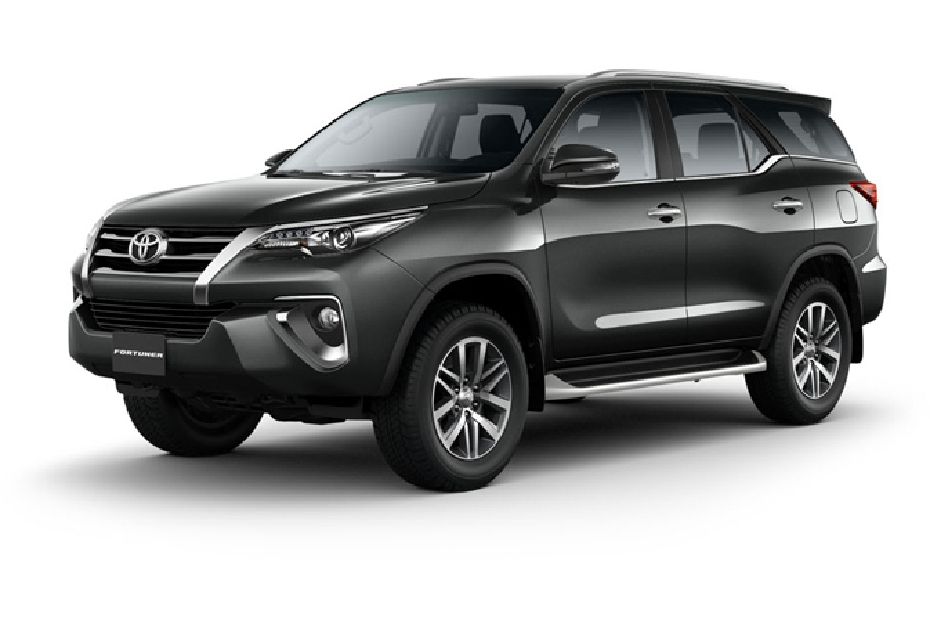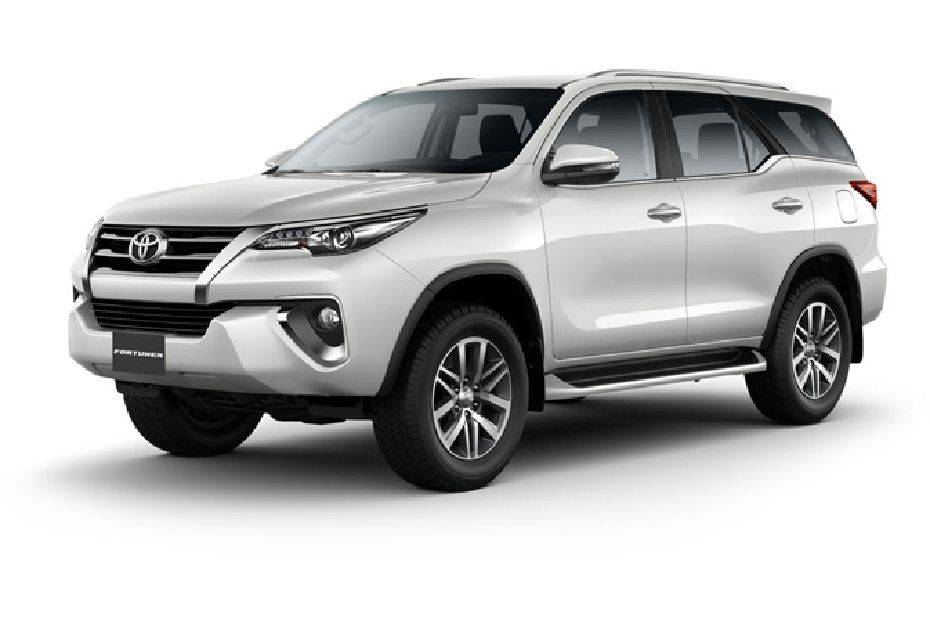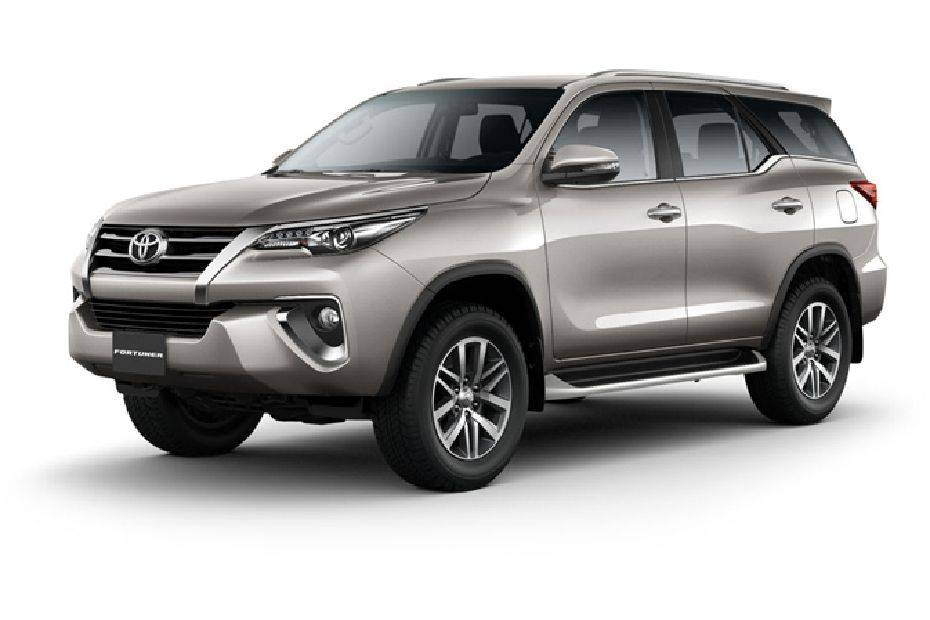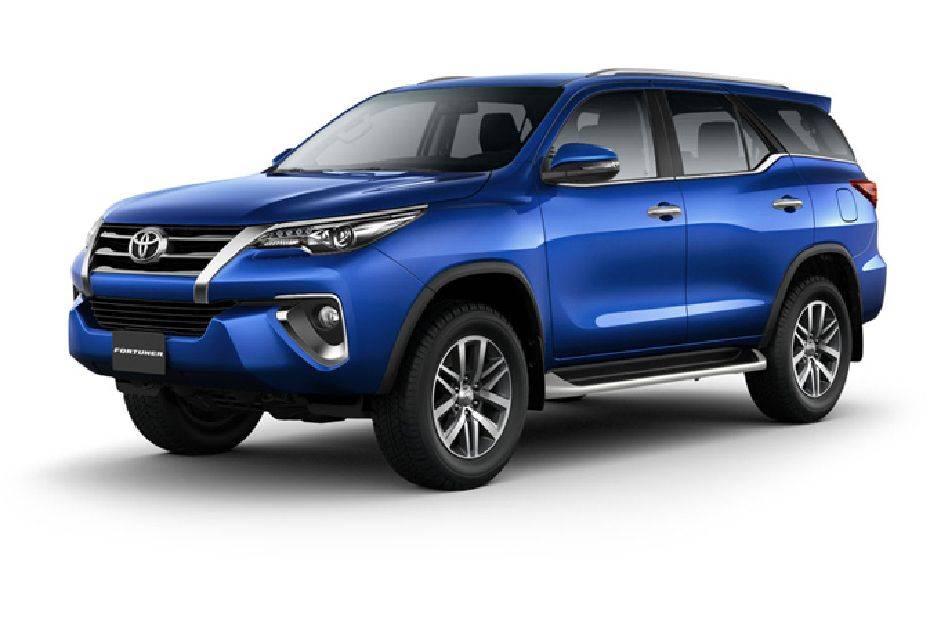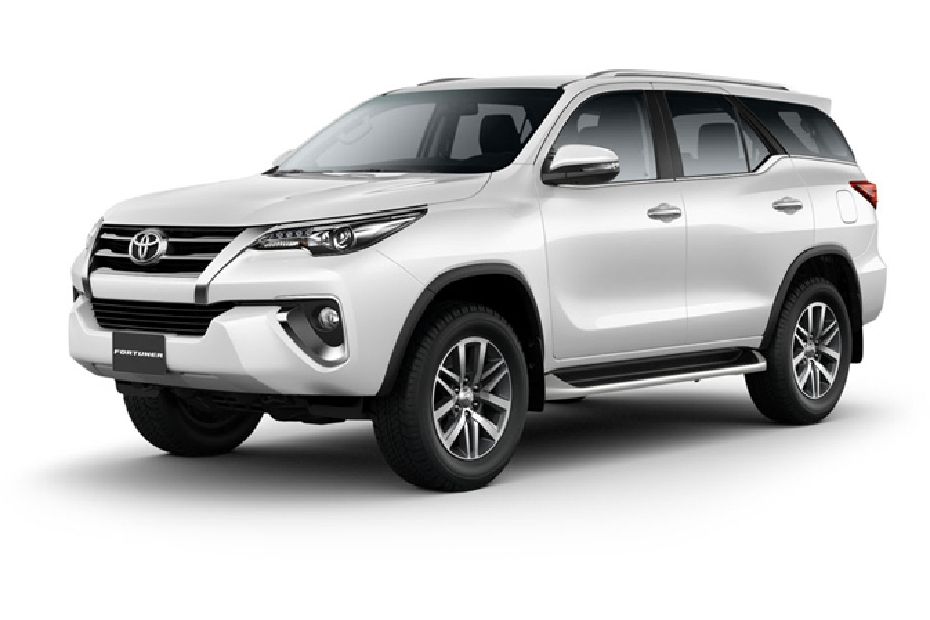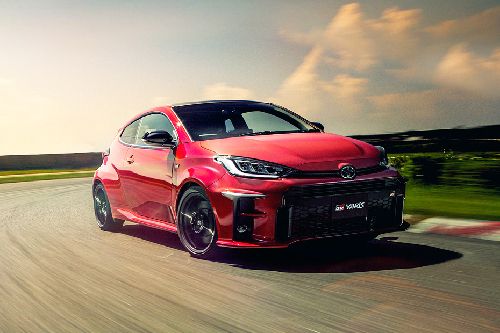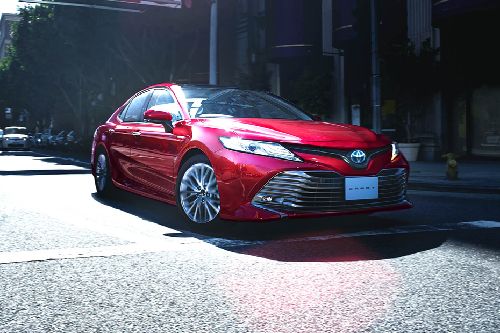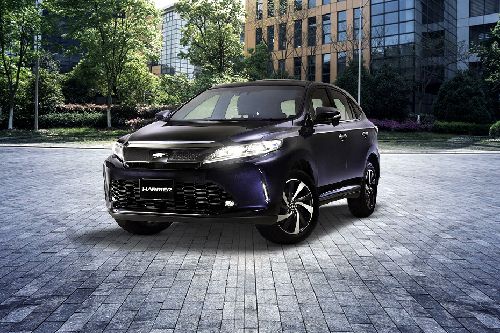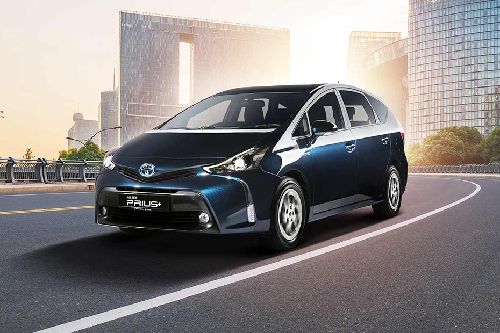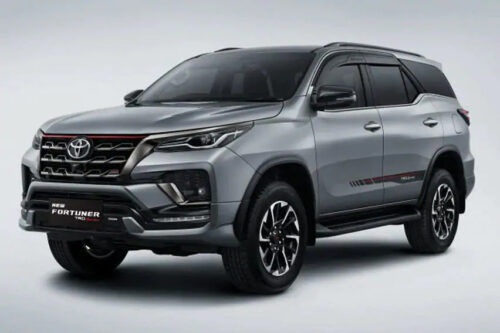Toyota Fortuner 2025 Car
Toyota Fortuner 2024 is a 7 Seater SUV available at a price of $179,888 in the Singapore. It is available in 1 variants, 1 engine, and 1 transmissions option: Automatic in the Singapore. It has a ground clearance of 279 mm and dimensions is 4795 mm L x 1855 mm W x 1835 mm H. Over 8 users have reviewed Fortuner on basis of Features, Mileage, seating comfort, and engine performance. Fortuner top competitors are CR-V, GLA-Class, X1 and X2.
Read More|
|
Petrol |
|
|
2694 cc |
|
|
164 hp |
|
|
Automatic |
|
|
7 seats |
Fortuner Pros & Cons
Get the better insight and helps to buy or notMighty road presence
Reliable mechanicals under the skin
Slightly dated interior feel
Thirsty petrol engine
Recent Updates of Toyota Fortuner
Latest Update: In the early days of January, Toyota launched the 2021 variant of the Fortuner in the Indian market which also includes the high-end ‘Legender’ trim. Toyota has already received over 5000 bookings for this new SUV in the Indian market. However, Toyota has made no official statement as to when this variant will be launched in Singapore.
Toyota Fortuner Price and Variants: The Toyota Fortuner is available only in a single variant in Singapore. The car is priced at $172,888.
Toyota Fortuner Engine and Mileage: The Fortuner is hauled by a 4-cylinder, 2.7-litre petrol engine which produces 116PS maximum power at 5,200rpm and 245Nm peak torque at 4,000rpm. The engine is mated to a 6-speed automatic transmission. The car returns a mileage of around 9.73kmpl.
Toyota Fortuner Features: Seven airbags, keyless engine start, automatic headlights, paddle shifters, cruise control, reversing sensors, automatic climate control, one-touch space-up third-row seat, 9.0-inch touchscreen infotainment unit with Android Auto and Apple CarPlay, navigation system.
Toyota Fortuner Rivals: Mercedes-Benz GLA-Class, Volvo XC60, BMW X1, Ssangyong Rexton, Volvo XC40, BMW X2, Skoda Kodiaq, and Hyundai Santa Fe.
Toyota Fortuner 2020: A bigger touchscreen was introduced in the 2019 version, replacing the older 7.0-inch unit.
Toyota Fortuner Price
The Fortuner is priced at $179,888 .
Toyota Fortuner Variants
There are 1 variants available of Fortuner: 2.7L.
Toyota Fortuner Power-trains
The Fortuner is powered by a 2694cc 4-cylinder Petrol engine produces 164 hp of power and 245 Nm of torque.
It comes with the option of a 6-Speed Automatic transmission gearbox.
Toyota Fortuner Features
The feature list of Fortuner includes Central Locking, Power Door Locks, Anti Theft Device, Anti-Theft Alarm and Engine Immobilizer in terms of security.
Features for Comfort & Convenience include Air Conditioner, Power Windows Front, Power Windows Rear, Automatic Climate Control, Heater, Rear A/C Vents, Engine Start/Stop Button, Adjustable Seats, Height Adjustable Driver Seat, Electric Folding Rear View Mirror, On Board Computer, Automatic Headlamps, Follow Me Home Headlamps, Steering Wheel Gearshift Paddle, Accessory Power Outlet, Power Steering, Multi-function Steering Wheel, Cruise Control, Foldable Rear Seat, Low Fuel Warning Light, Rear Reading Lamp, Rear Seat Headrest, Rear Seat Center Arm Rest, Cup Holders-Front, Cup Holders-Rear, Bottle Holder, Vanity Mirror, Keyless Entry and Centre Console Armrest.
Features for Entertainment & communication include Touch Screen, FM/AM/Radio, Navigation System, Bluetooth Connectivity, USB & Auxiliary Input, CD Player, DVD Player, Speakers Front, Speakers Rear and Integrated 2DIN Audio.
Toyota Fortuner Interior
The interior features include Tacho Meter, Electronic Multi Tripmeter, Leather Seats, Leather Steering Wheel, Digital Clock, Digital Odometer, Electric Adjustable Seats and Centrally Mounted Fuel Tank.
Toyota Fortuner Exterior
If we talk about the exterior features then it include Adjustable Headlights, Fog Lights Front, Power Adjustable Exterior Rear View Mirror, Rear Window Wiper, Rear Window Defogger, Alloy Wheels, Rear Spoiler, Side Stepper, Outside Rear View Mirror Turn Indicator, Integrated Antenna and Roof Rail.
Toyota Fortuner Safety
The safety features of the Model includes the Passenger Airbag, Side Airbag-Front, Child Safety Locks, Driver Airbag, Side Airbag-Rear, Anti-Lock Braking System, Brake Assist, Ebd, Vehicle Stability Control System, Rear Seat Belts, Seat Belt Warning, Day & Night Rear View Mirror, Rear Camera, Parking Sensors, Crash Sensor, Engine Check Warning, Front Impact Beams, Side Impact Beams, Door Ajar Warning and Traction Control.
Toyota Fortuner Competitors
The Fortuner Competitors are: Honda CR-V, Mercedes-Benz GLA-Class, BMW X1, BMW X2 and Hyundai Kona Electric.
Toyota Fortuner Price Singapore
Toyota Fortuner price in Singapore start from $179,888 for base variant 2.7L. Fortuner available in total 1 variants. Toyota Fortuner price for automatic version starts from $179,888. Checkout Fortuner 2025 price list below to see the SRP prices and promos available.
Read More- Petrol
| Variants | Price | Compare | |
|
Toyota Fortuner 2.7L
Automatic, 7 seats, 2694 cc, 164 hp
|
$179,888 (OTR) | View Offers |
|
Compare Toyota Fortuner With Similar Cars
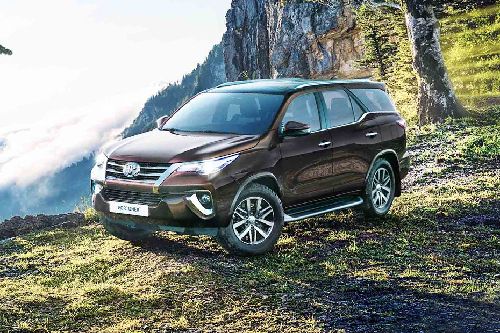
|
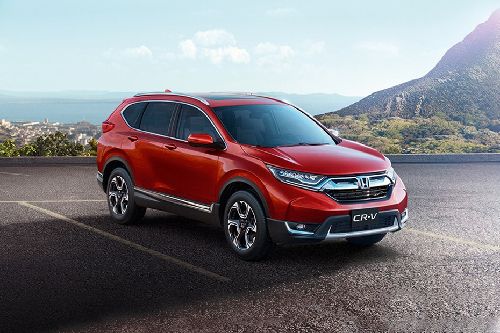
|
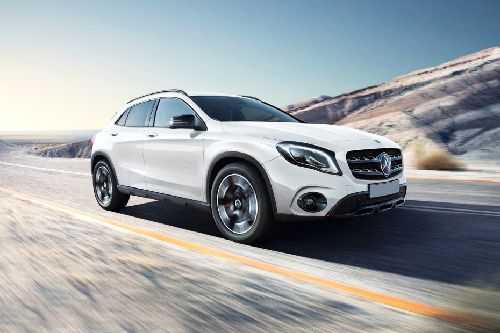
|
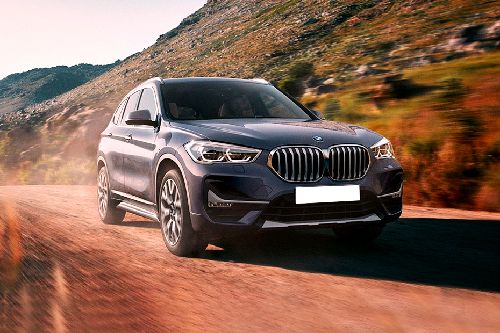
|
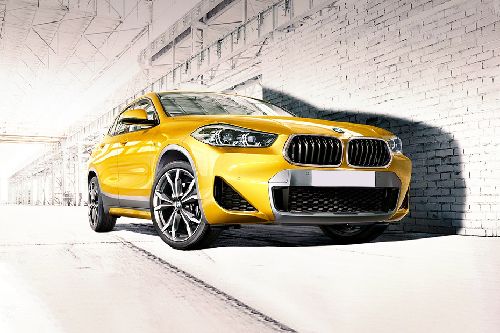
|
|
Transmission
Automatic
|
CVT
|
Automatic
|
Manual
|
Manual
|
|
Engine
2694
|
1498
|
1595
|
1499
|
1499
|
|
Power
164
|
190
|
156
|
140
|
140
|
|
Seating
7
|
5
|
5
|
5
|
5
|
|
|
Toyota Fortuner Price In Popular Cities
| Hougang $179,888 |
| Sengkang $179,888 |
| Woodlands $179,888 |
| Ang Mo Kio $179,888 |
Gallery of Fortuner
- exterior
- interior
- color
Toyota Fortuner 2025 Exterior Images
Exterior ImagesToyota Fortuner has 8 images of its exterior, top Toyota Fortuner 2025 exterior images include Front Angle Low View, Full Front View, Front Side View, Side View, Rear Cross Side View, Headlight, Tail Light, Wheel.
Toyota Fortuner 2025 Interior Images
Interior ImagesToyota Fortuner has 13 images of its interior, top Toyota Fortuner 2025 interior images include Dashboard View, Front Ac Controls, Steering Wheel, Tachometer, Airbags View, Folding Seats, Front Seats, Gear Shifter, Inside Light, Seat Belt, Touch Screen, Parking Assist, Center Controls.
Read MoreToyota Fortuner Colours
ColorsToyota Fortuner is available in 7 different colors - Phantom Brown Metallic, Grey Metallic, White Pearl, Avant Grade Bronze Metallic, Brown, Nebula Blue Metallic, Super White.
Compare Variants Of Toyota Fortuner
- Petrol
Fortuner Features Highlights
Toyota Fortuner Review 2025
Abhishek Katariya says
The Toyota Fortuner has proved its mettle as one of the most highly successful entry-level full-size SUVs across the globe. For the customers in Singapore, Toyota has made the Fortuner available in one standard petrol automatic variant, which is priced at $1,72,888. The colour options available in the Toyota Fortuner are Nebula Blue, Pearl White, Silver, Gray, Black, Avant Garde Bronze, Phantom Brown, and Super White.
The Toyota Fortuner has proved its mettle as one of the most highly successful entry-level full-size SUVs across the globe. For the customers in Singapore, Toyota has made the Fortuner available in one standard petrol automatic variant, which is priced at $1,72,888. The colour options available in the Toyota Fortuner are Nebula Blue, Pearl White, Silver, Gray, Black, Avant-Garde Bronze, Phantom Brown, and Super White.
Overview |
|
| Brand | Toyota Singapore |
| Price | $179,888 |
| Body Type | SUV |
Powertrain |
|
| Engine | 2694 cc |
| Transmission Type | Automatic |
| Power Output | 164 hp and 245 Nm of torque |
| Fuel Type | Petrol |
| Drive Type | RWD |
Dimensions |
|
| Seating Capacity | 7 Seater |
| Width | 1855 mm |
| Length | 4795 mm |
| Height | 1835 mm |
| Ground Clearance | 279 mm |
Toyota Fortuner Interior & Features
While there are no doubts that Toyota has completely transformed the exterior look, the interior cabin falls short of modernity and finesse of the outside and looks a bit too staid and simple.
Nevertheless, the cabin of the Toyota Fortuner feels large and capacious, the driver’s cockpit of which consists of a large multi-functional steering wheel with chunky looking spokes and a simple instrument console with colored MID.
The dashboard of the Toyota Fortuner has a vertical design, which looks a bit old school, but feels premium with leather upholstery and soft-touch plastic and leather setup. However, the layout looks boring and dated for a premium SUV, and the touchscreen infotainment system, as well as panel for automatic climate control panels too, look archaic.
However, the Toyota Fortuner really shines out when it comes to the amount of space it offers. With more than enough space to accommodate all the passengers in all the three rows, the Fortuner feels immensely spacious and comfortable. However, the Fortuner lacks a number of premium and contemporary features present in its competitors, which reduces its desirability.
Fortuner Exterior
It was this current second-generation Toyota Fortuner which made a huge transition for Toyota in turning out its design philosophy for SUVs from being bulky looking to get some amount of sleekness. While it still possesses the quintessential bulky and raised stance, Toyota has instilled some sleekness, especially at the front and sides.
At the front, the Toyota Fortuner has got a heightened stance, at the centre of which is positioned a trapezoidal grille which is slightly raked and gets double chrome slats within it and chrome surrounds. Some amount of chrome is extended towards the sleek looking headlamps which are shaped like wings and get incorporated with daytime running LEDs and LED projectors. The fog lamps are housed in large triangular cavities with rounded edges on the front bumper.
There is some amount of sleekness carried forward on the sides of Toyota Fortuner, but there is still some sense of evolution here which can be seen in its raised stance, an integrated pattern for C-pillar and squared wheel arches. Like in the previous model, the rear quarter glass has a sharply raked kink at its lower edge, which blends beautifully with the rear windscreen. The machined alloy wheels and chrome door handles insert some posh appeal to the Fortuner.
At the back, the Toyota Fortuner gets sleeker LED tail lamps, which do get a nice thin chrome garnish with the name embossed on it. The large rear spoiler adds to the sporty appeal of the SUV.
Toyota Fortuner Ride & Handling
The Toyota Fortuner is armed with its double-wishbone setup at the front and 4-link with coil springs at the rear. While the suspension setup is capable of handling all the rough stuff with ease, the ride quality feels not so sure-footed and tends to be bouncy at times.
Fortuner Engine & Fuel Consumption
The Toyota Fortuner is available in Singapore with only one petrol engine – a 2.7-litre four-cylinder petrol motor, which is mated to a 6-speed automatic gearbox. The engine produces a maximum power output of 165 PS and a torque output of 245 Nm.
Toyota Fortuner Braking & Safety
The Toyota Fortuner has a pretty basic list of safety features and misses out on many modern-day electronic aids. It does get essentials like the front, side, curtain and knee airbags, ABS with EBD and brake assist, hill start assist, electronic stability program, traction control, and reverse parking sensors.
Fortuner Verdict
The Toyota Fortuner has got an authoritative and macho road presence which does give it a desirable appeal, something which is equally complemented well with rugged and reliable mechanicals. However, the old school feels in its interior layout and list of features do not make it a very good value for money options out there.
User Reviews of Toyota Fortuner
Write a ReviewToyota Fortuner Questions & Answers (FAQs)
Get answers to frequently asked questions (FAQs) about the Toyota Fortuner, including its features, specifications, performance, maintenance, and more.
What is the Toyota Fortuner Lowest Monthly Installment?
The lowest monthly installment for Toyota Fortuner starts from $3,092 for 60 months with DP $36,000.
Helpful (2)What is the Ground Clearance of Toyota Fortuner?
The ground clearance of Fortuner is 279 mm .
Helpful (3)What is the Length of Toyota Fortuner?
The length of Toyota Fortuner is 4795 mm , while the width is 1855 mm .
Helpful (8)What is the Fuel Tank Capacity of Toyota Fortuner?
The fuel tank capacity of Toyota Fortuner is 80 L .
Helpful (10)What is the Tire Size of Toyota Fortuner?
The Toyota Fortuner tire size is 265/60 R18 .
Helpful (11)What is the Alloy Wheel Size of Toyota Fortuner?
The Toyota Fortuner Alloy Wheel Size is 18 Inch .
Helpful (10)What is Toyota Fortuner Weight?
The Toyota Fortuner has a gross weight of 2500 kg .
Helpful (3)What is the Power Output of Toyota Fortuner?
The Toyota Fortuner delivers 164 hp of maximum power and 245 Nm of maximum torque.
Helpful (7)Does the Toyota Fortuner have Anti Lock Braking System?
Yes, the new Toyota Fortuner has Yes along with Yes and Yes .
Helpful (1)Does Toyota Fortuner have Airbags?
Yes, The Toyota Fortuner has Yes , Yes and Yes .
Helpful (1)Latest Question
Q. What are the Dimensions of Toyota Fortuner?
Q. What are the Pros and Cons of Toyota Fortuner?
Q. What are the top variants of Toyota Fortuner?
Q. Is Toyota Fortuner available in Automatic Transmission?
Q. What are the Safety Features Available in Toyota Fortuner?
Toyota Featured Cars
Nearest Toyota Showrooms
Toyota Fortuner News and Reviews
- Fortuner News
